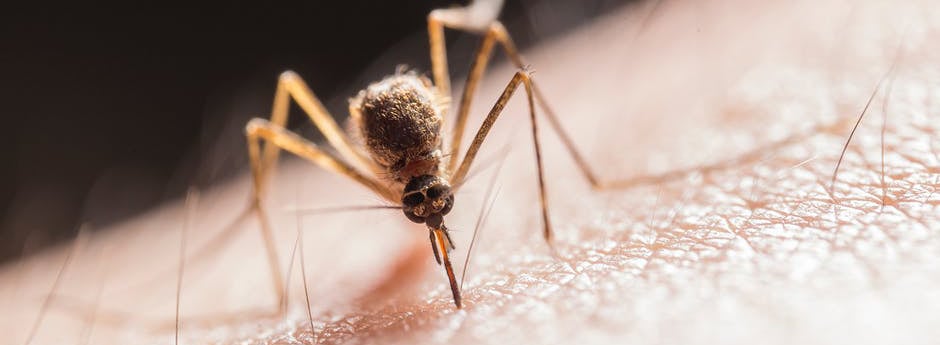Eastern Equine Encephalitis in the Mid-Atlantic: What You Need to Know About This Mosquito-Transmitted Disease

Eastern Equine Encephalitis (EEE) has been all over the news lately. It is a mosquito-transmitted disease that has a surprisingly high mortality rate when it infects humans. However, EEE cases in humans are extremely rare and, with proper preparation, can be avoided. Here is what you need to know.
EEE is most commonly transmitted by Black-Tailed Mosquitoes, but they are not the source of the disease. A large variety of birds carries the disease. The mosquitos suck the blood of the birds, pick up the disease and then transfer it to humans, horses, and other susceptible mammals with subsequent bites.
The Black-Tailed Mosquito favors lowland swamp regions and, within the mid-Atlantic, is most commonly found in the Southern Coastal Plains of New Jersey, particularly in Atlantic White Cedar swamps. According to the New Jersey Department of Health, EEE-infected mosquito pools have been found most frequently in Sussex, Atlantic, Morris, Burlington, Camden, and Monmouth Counties. Despite their seemingly wide dispersal, cases of human infection with EEE are exceedingly high. According to national figures from the Centers for Disease Control, just seven cases of human infection were found in 2022 and only one in 2023. That doesn’t mean that the number will always be that low; there were 38 human cases in 2019. Recent weather changes have led to mosquito season lasting longer than before, so it’s possible that the rate of human infection may increase as well with the increased mosquito activity.
Type and severity of symptoms vary depending on the infected person's age. People over the age of 50 and younger than the age of 15 are at greater risk of developing more severe symptoms. Those severe cases begin with rapid onset of headaches, high fevers, chills, and vomiting and may eventually progress to disorientation, seizures, inflammation of the brain, and comes. It is estimated that one in three humans who develop EEE will die, and many of those who survive may suffer mild to severe brain damage.
There is currently no human vaccine for EEE, so the best way to prevent infection is to prevent mosquito bites. Mosquitos are most active at dusk and at dawn, so wearing long sleeves and pants at those times is a good idea. Responsible use of EPA-approved bug repellants can also help. Mosquitos lay their eggs in standing water, so make sure that you empty all sources of standing water around your home or business regularly. You should also regularly remove gutter and leaf debris. Finally, you can sign up for Last Bite Mosquito and Tick Protection from Viking Pest to help ensure that your home or business is mosquito-free.
While there is currently no EEE vaccine for humans, there is one for horses. So, if you raise horses on your property or take care of them as part of your business, we recommend vaccinating your horses. While the mortality rate for infected humans is about one in three, the mortality rate for horses is substantially higher, in excess of 90 percent, according to the US Department of Agriculture.
Last Bite Treatments are available March through November, so if you want to protect you home or business from disease carrying mosquitos, call for an estimate today.











